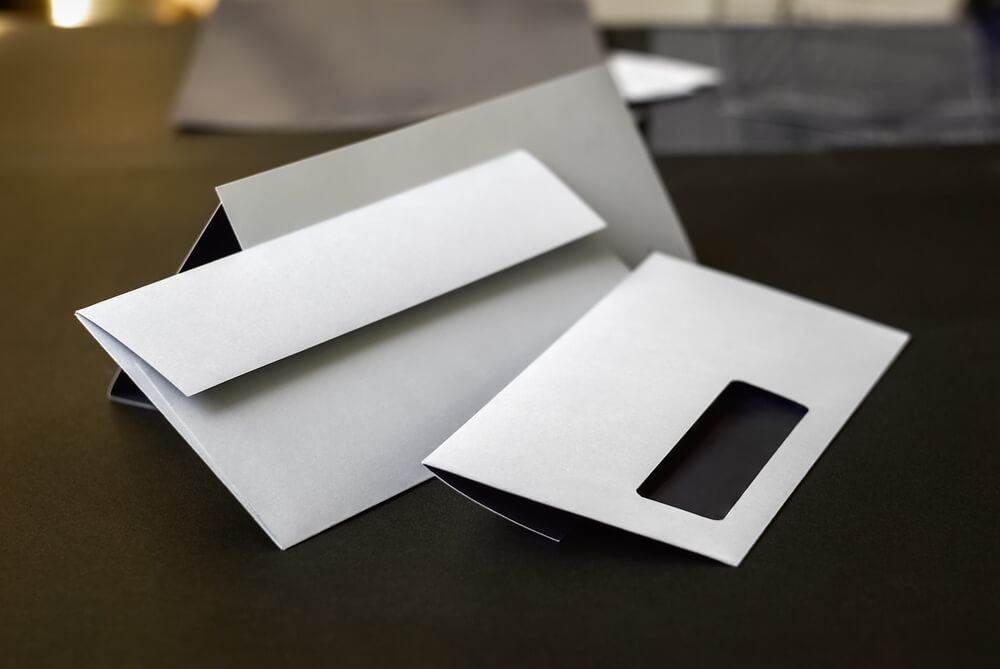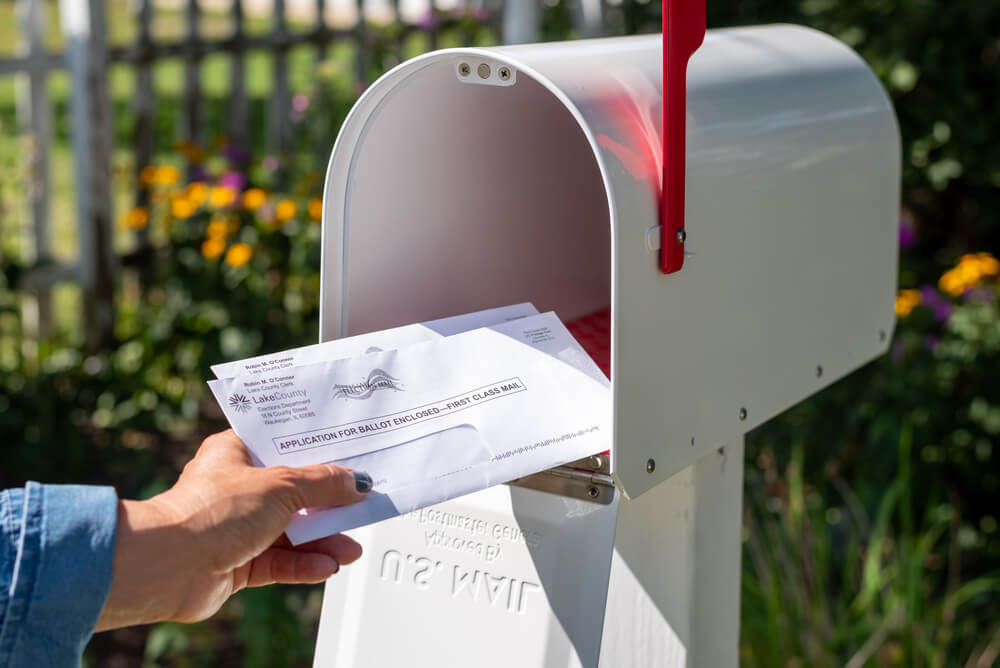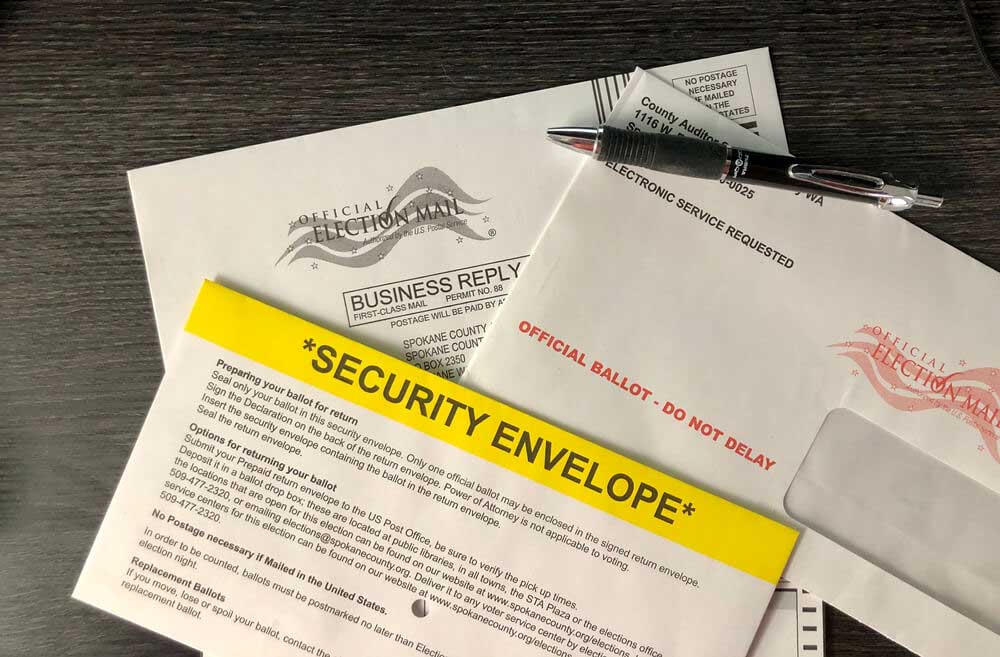In all likelihood, you’ve seen a security envelope before, but you may not have known what it was, why companies use it or how it is significant in protecting your data. Companies that choose to mail sensitive documents should, ideally, use these security envelopes to ensure private information stays private. Here are answers to some common questions and concerns about security envelopes.
What Is a Security Envelope?
Typically speaking, if you receive any official mail, it often comes in a windowed envelope. The printed name of the recipient appears on the official document for address and shipping purposes. These envelopes often contain important documentation, such as:
- Billing statements and account information
- Credit cards, health insurance plans, and Social Security cards
- Bank account information, such as monthly bank statements
- Paychecks and payroll information
- Offers of employment, leasing documents, and other types of legal documents
The information included in these types of documents is often sensitive and highly personal. Corporations that send out confidential information through the USPS or other forms of mail must ensure this information stays secure and uncompromised by unintended parties. Therefore, taking advantage of security measures such as security envelopes is beneficial.
Security envelopes look very similar to traditional envelopes, like those you would buy from your local store. In fact, from the outside, they often appear to be almost identical. When looking at a traditional security envelope and a regular envelope, the primary difference is that security envelopes have windowed partitions and are made from thicker paper.
However, once you’ve opened the envelope, you can quickly tell the difference between the two. Inside security envelopes, you’ll see a gray lining that often has a black pattern across it. The security envelope pattern protects personal information by making it impossible to hold envelopes up to the light and see through them. While it may seem like this kind of protection is unnecessary for mailed items, it’s an important security feature that helps keep sensitive information safe from wandering eyes.

How Security Envelopes Are Used for Check Fraud Prevention
Ensuring that checking information arrives securely keeps everyone safe. Traditional, thin envelopes are great for mailing letters and other non-sensitive items. However, if you’re mailing items that contain sensitive information, making sure envelopes are not see-through is vital to personal security and check fraud prevention.
Typically speaking, regular envelopes are thin enough for individuals who wanted to hold mail up to bright light and read through the envelope. In the past, see-through envelopes caused approximately half of all check fraud. Scammers would take mail out of individuals’ mailboxes, look at the information for check stubs or other sensitive information and use this material for fraudulent purposes. Some ways individuals could use the information they read through an envelope include but are not limited to:
- Stealing Social Security numbers exposed through see-through envelopes
- Acquiring routing and checking account numbers to produce fraudulent checks and to make illegitimate purchases
- Canceling or altering health care plans, stopping payments from going to their intended recipients, and other malicious acts
- Impersonating individuals to receive further sensitive information
- Gathering information to be used for blackmail purposes at a later time
Because the envelopes were see-through, in many cases, many individuals who were victims of this kind of fraud were none the wiser. Their mail was perfectly intact and unopened. Therefore, finding a solution to help keep correspondence safe and secure and to prevent wandering eyes from acquiring sensitive information became necessary.
Ultimately, security envelopes utilize patterns, usually on top of a gray or light-purple background, to darken the envelope and to make any visible text distorted and difficult to read. The patterning on the inside of the envelope effectively hides and protects potentially sensitive information to make mailing documents more secure.
What Is the Standard Security Envelope Pattern?
Now that you know what security envelopes look like, you can probably think of a few times you’ve seen them. You may have even received a few official documents in security envelopes in the past.
Currently, there are over 300 different types of security envelope pattern choices. The exact kind of designs varies based on the company that produces them. Typically, however, they have the following characteristics:
- Designs are close together to keep text from being easily read.
- Dark colors, usually black or navy blue, are used to blend in with the text.
- Envelopes have a gray or light-purple background.
These designs’ overall goal is to block text and to make it challenging to decipher under bright lights. By making text hard to read through close or overlapping designs, individuals would have to tamper with mail to read it. Overall, the use of security envelopes reduces the risk of private and sensitive data ending up in the wrong hands.
How Much Do Security Envelopes Cost?

Though security envelopes help check fraud prevention and keep private data secure, the cost is always a concern. However, companies sending sensitive information through the mail often are required by law to take precautions to avoid identity theft. Research about the cost of making and purchasing security envelopes versus the cost of alternative security measures shows it is actually more affordable to use these envelopes.
Alternative and approved methods to secure data include enclosing documents and information in heavy paper, using multiple envelopes to mail documents and utilizing many other techniques. While it may be more cost-effective to ship these types of documents once or twice using an alternative method, companies mailing out large quantities of secured items can save hundreds of dollars by taking advantage of security envelopes.
Naturally, not every type of document requires a security envelope for shipping. Documents that do not contain sensitive information and that are sent in regular, store-bought envelopes are sufficient. However, sending all of your mail in security envelopes is a great way to protect the privacy of the sender and the recipient. Ultimately, always using security envelopes may not be the most cost-effective way to send your mail, realistically speaking. In many cases, security envelopes cost more than your traditional envelopes do, thanks to the unique features that help shield personal information from unwanted browsing.
Overall, security envelopes are an essential part of protecting the data of hundreds and thousands of individuals across the world. They also protect business owners and corporations from liability lawsuits and other serious legal issues. Ultimately, they provide a solution to the problem of undetectable identity theft and help keep everyone safe. Whether you need to purchase a few security envelopes or are interested in having your checks or other documents sent securely, these envelopes provide a great solution.
If you have questions regarding the cost of security envelopes or would like to find out where they are available for order, we encourage you to reach out to us. Additionally, our team is ready and willing to provide guidance about what type of documents should ship in security envelopes and what documents do not require this level of care. Contact us at Checkissuing.com for more information, today.






